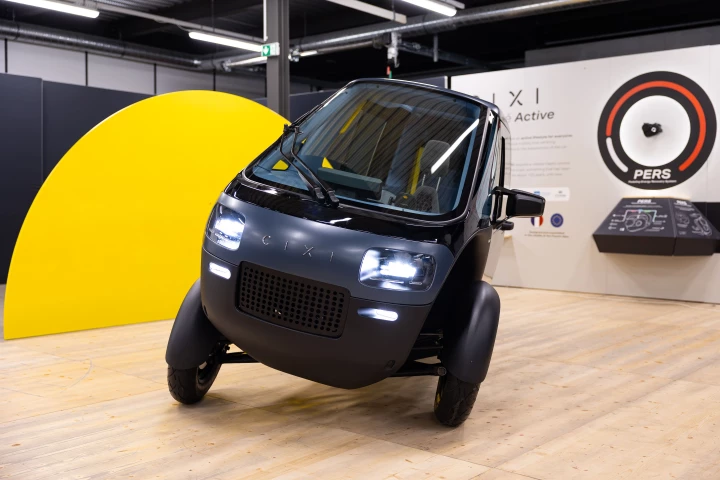Scientists at Linköping University have blurred the line between robot and organism by developing an artificial muscle that runs off of glucose and oxygen like its organic counterpart. Made of a special polymer, the new plastic muscles open the promise of implantable artificial muscles and micro-robots that can be powered like living organs.
In recent years, there have been great advances in prosthetics, but the prospect of replacing damaged muscles with artificial ones rather than whole limbs, or injecting patients with micro-robots that act like tiny doctors is intriguing. Unfortunately, one big question that immediately presents itself is how to power these devices?
One way to do this is to replace traditional actuators powered by electricity with ones that more closely mimic the body's own natural processes, so a robotic muscle "feeds" the same as the one it replaces. To achieve this, the Linköping team led by Edwin Jager, senior lecturer in Sensor and Actuator Systems in the Department of Physics, Chemistry and Biology, turned to muscles made out of a "polymer actuator" made from polypyrrole.
Polypyrrole is a polymer of pyrrole and is noted for its highly electroconductive properties. It's used mainly in electronic devices and sensors, and alters its volume when it's subjected to an electrical current.

To make an artificial muscle, the researchers formed the polymer into two layers with a thin membrane between them. When a charge is developed on one side, the ions in the polymer are expelled across the membrane and the sheet shrinks. Meanwhile, the sheet on the other side absorbs the electrons and expands. This makes the whole thing bend like a contracting muscle.
According to Linköping, this charge can be applied from a battery, but it can also be derived from glucose and oxygen by doping the polymer with enzymes that enhance the reaction, burning the glucose for energy the same as a muscle does.
"These enzymes convert glucose and oxygen, in the same way as in the body, to produce the electrons required to power motion in an artificial muscle made from an electroactive polymer," says Jager. "No source of voltage is required: it's enough simply to immerse the actuator into a solution of glucose in water."
Now that the principle has been demonstrated, the next step will be to both control the reaction and see if it can be maintained through many repeat cycles. The goal is to eventually closely mimic a living muscle, as well as apply it to micro-robotics.
"Glucose is available in all organs of the body, and it's a useful substance to start with," says Jager. "But it is possible to switch to other enzymes, which would enable the actuator to be used in, for example, autonomous micro-robots for environmental monitoring in lakes. The advances we present here make it possible to power actuators with energy from substances in their natural surroundings."
The research was published in Advanced Materials.
Source: Linköping University







